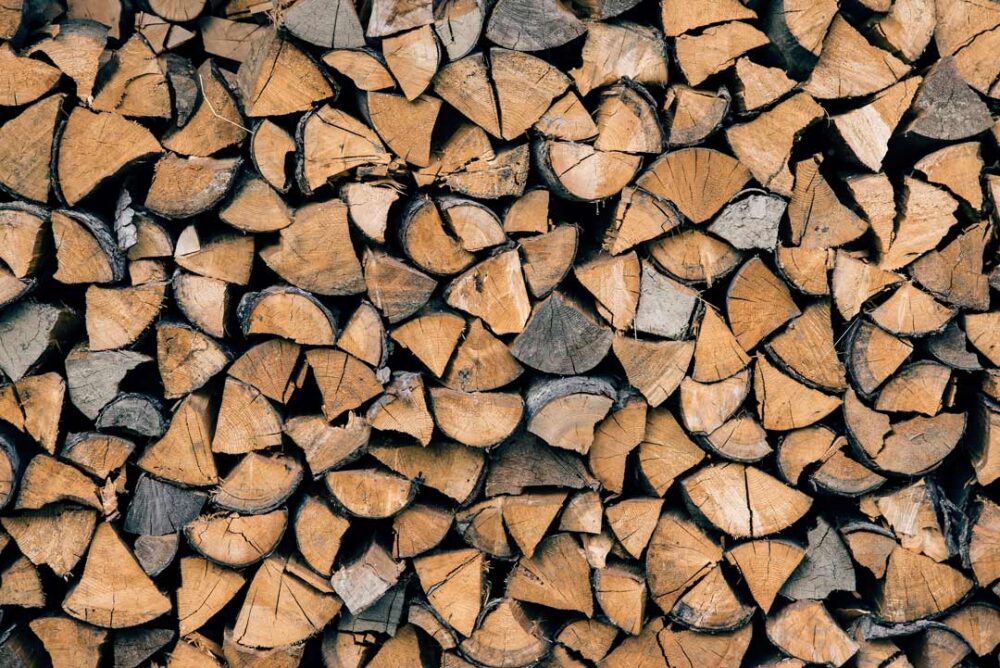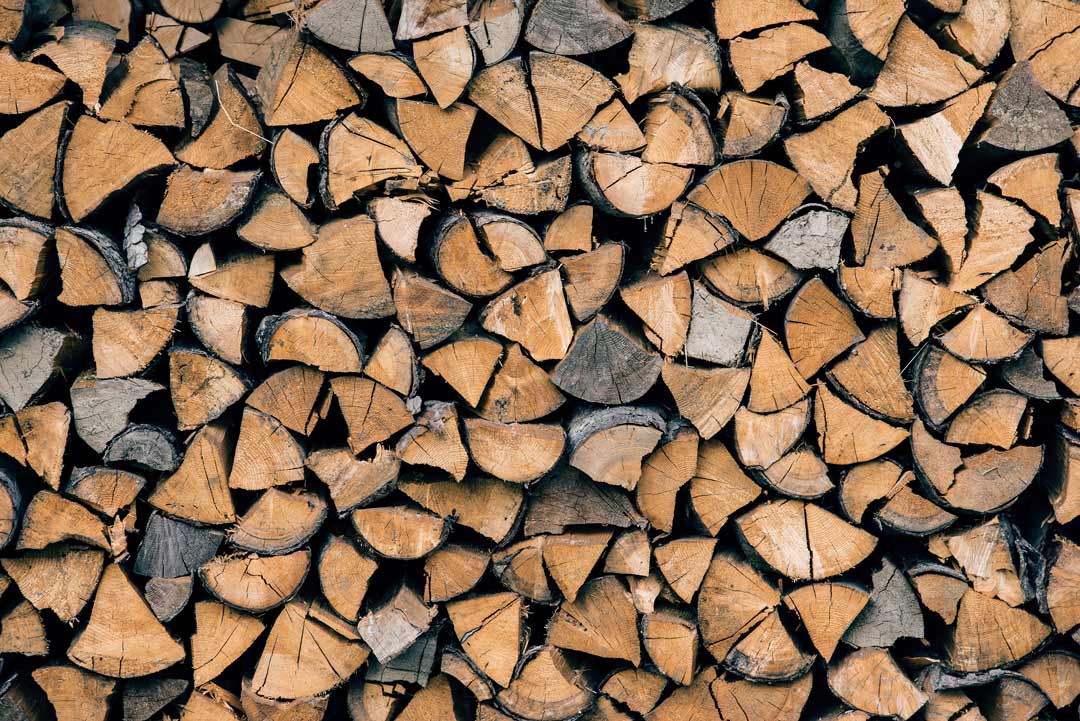Many people in the UK rely on firewood to heat their homes, particularly those in rural areas. There is concern that firewood supply will be low this year which will have a negative impact on price.

Introduction
The global firewood market, despite being overshadowed by modern energy sources, remains an important component of the energy mix, especially in rural and suburban areas. Firewood’s relevance is embedded in its eco-friendly nature, affordability, and historical usage. However, the firewood market isn’t isolated from the broader dynamics that shape global commodity markets. It is impacted by a plethora of factors that determine supply, demand, and price. One such factor that has recently come into focus is the impact of ash dieback, a disease affecting ash trees across Europe and North America.
Demand Factors
- Climate: The primary driver of firewood demand is the climate of the region. Areas with colder climates usually have higher firewood consumption, driving demand upwards.
- Alternative Energy Sources: The availability and affordability of alternative energy sources also influence demand. As technologies like solar and wind power become more cost-effective and widespread, the demand for firewood may decrease.
- Cultural Factors: In some regions, firewood usage extends beyond mere heating purposes to cultural or traditional uses, such as cooking or religious rituals, which can maintain or increase demand.
Supply Factors
- Forest Management: The supply of firewood is deeply connected with forest management policies. Regulations about logging and forest conservation significantly affect the availability of wood for firewood production.
- Climate Change: Changes in weather patterns affect forest health and growth rates, influencing the amount of wood that can be harvested sustainably.
- Diseases and Pests: Diseases such as ash dieback and pest invasions can dramatically affect the health of forests, thereby impacting the availability of certain types of firewood.
Ash Dieback and Its Impact
Ash dieback, caused by the fungus Hymenoscyphus fraxineus, has been significantly impacting ash tree populations across Europe and North America. As ash wood is a popular choice for firewood due to its high heat output and low smoke production, the disease is causing a substantial reduction in the supply. This could lead to an increase in the price of ash firewood and cause consumers to shift towards other types of wood or different heating methods altogether. Moreover, it presents challenges for forest management as the rapid decline of ash trees can alter the ecosystem and potentially pave the way for other invasive species or diseases. ash dieback will be essential in predicting and managing future trends in the firewood market.
For more information on the state of the firewood market and a more accurate idea of what may happen to price, please see this article by Nic Snell from Certainly Wood:
https://www.certainlywood.co.uk/blogs/news/the-firewood-market-2023




















